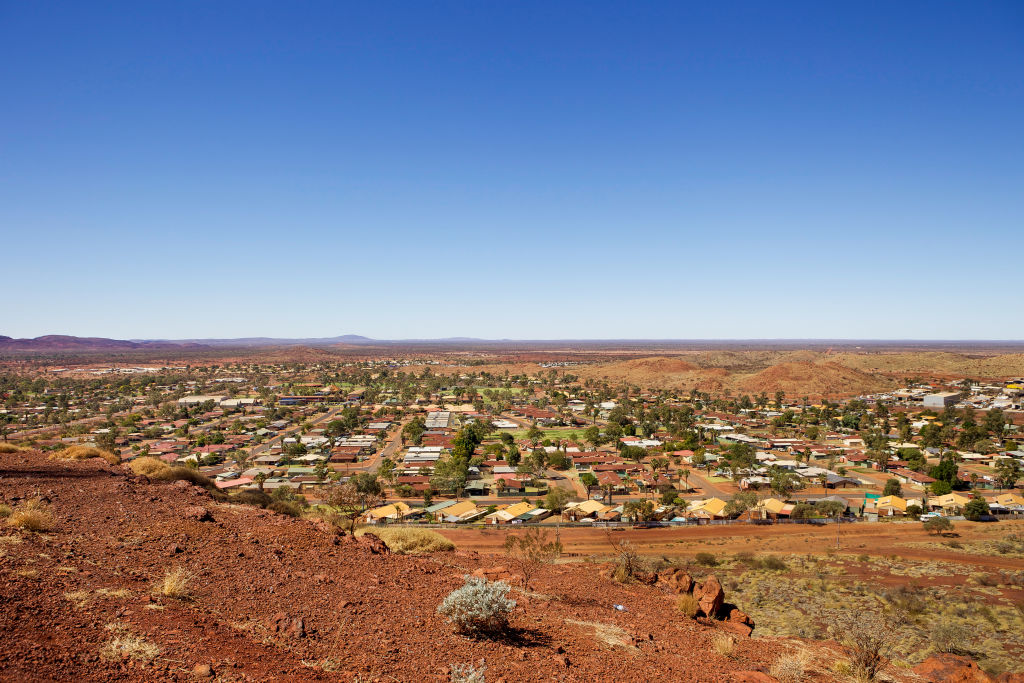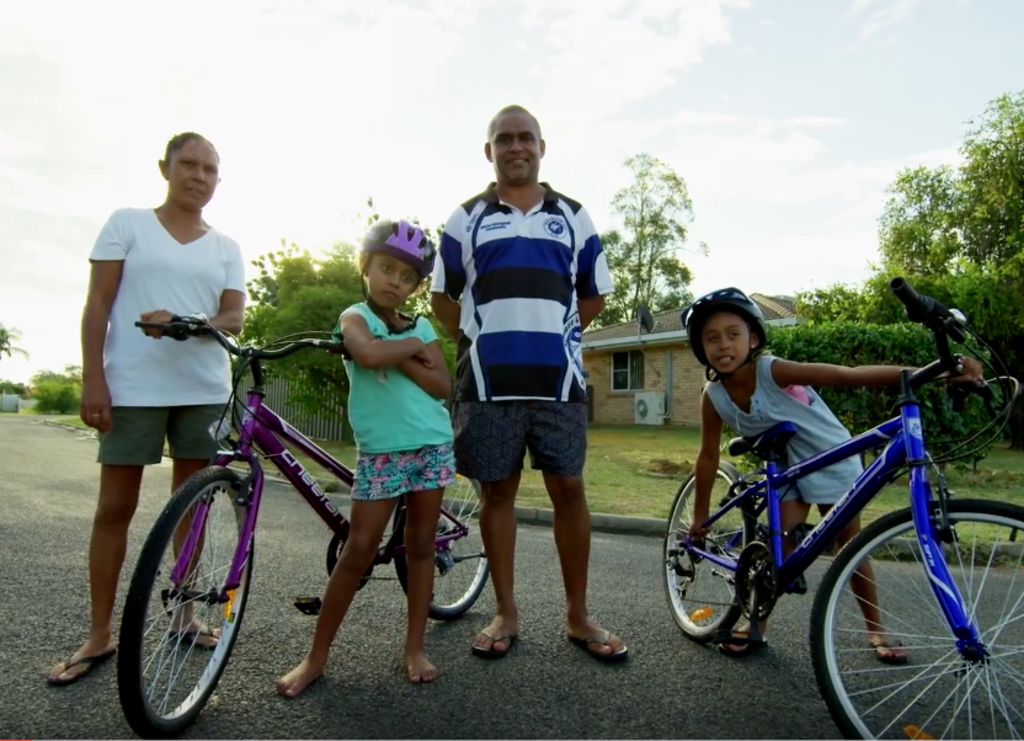Credit crunch hits Indigenous population in remote areas: Indigenous Business Australia

The country’s credit squeeze is hitting remote and regional towns across Australia, with many Aboriginal and Torres Strait Islander households facing an uphill battle to secure home loans from mainstream banks, a prominent Indigenous business group says.
According to the latest census, only 38 per cent of Indigenous households are in home ownership, compared to 66 per cent of non-Indigenous households.
But Indigenous Business Australia, a statutory body that has offered low-interest, low-deposit loans for Aboriginal and Torres Strait Islander people since 1975, says applications for home loans hit their highest levels this year as mainstream banks toughened their lending criteria.
“We are primarily lending to lower income families, who are often not just first-home buyers but they are the first home buyer in generations,” said chief executive Rajiv Viswanathan.
Mr Viswanathan said loans were primarily targeted at those who “still remain very much excluded from the financial system”.
“Structurally the lack of intergenerational wealth is a big barrier [to home ownership] because as we know, when a lot of people buy their first home, they might get support from other family members of parents and that isn’t always possible with our customers.”
Not having a credit history could also prove to be a problem, he added. Mr Viswanathan said Indigenous people also face geographical challenges, with banks tightening their criteria in particular regions or blacklisting entire postcodes.
“I think it’s fair to say that some lenders probably don’t have as much of a presence and focus in regional Australia,” he said. “There can also be different types of land tenure, particularly when you get out to smaller or regional or remote areas, and that can be big barrier for mainstream lenders.”
The poor service provided to Indigenous customers by some mainstream financial institutions was laid bare in this year’s banking royal commission, which exposed cases of high fees and challenges in proving remote residents’ identities.
Stepping into the gap is Indigenous Business Australia, which is funded by repayments on principal and interest loans, as well as an annual federal government equity injection.
Since the program began in 1975, more than 19,000 home loans have been approved.
“That equates to about $2.3 billion of assets in Indigenous hands,” Mr Viswanathan said. And in the past year, Indigenous Business Australia – which promotes economic independence for Aboriginal and Torres Strait Islander people – wrote over 900 home loans, double the amount they had signed off in any single year before that.

Roughly three out of four home loans went to people living in regional or remote areas.
In Moree, in northern New South Wales, proud Kamilaroi man Brett French and partner Melody Priestley wanted to buy a home to raise a family.
Mr French, an Aboriginal education assistant at the local public school, was approved for an Indigenous home loan nine years ago, just before their eldest daughter was born.
“This house was perfect for us,” he said. “I just want the best for our kids. That’s the main reason we bought this house – something to be proud of, something you own.”
While the average Indigenous Business Australia loan is around $340,000, the amount a customer puts in for a deposit will depend on their income, and interest rates will typically start substantially lower than those offered by the major banks. Over time, the interest rate increases as the customer builds up equity and credit history.
“They’ll eventually get to a point where they can refinance to a bank, and we’ll recycle that capital and then help more people,” Mr Viswanathan said.
About 7 per cent of their customer base transitioned to a mainstream lender last year.
Mr Viswanathan says there are myriad social and economic benefits associated with having secure and stable housing.
A recent Deloitte Access Economics study that surveyed 1000 people who had been through the home loan program found that 90 per cent reported improved living conditions, self-esteem and overall happiness.
“We believe if we can support more people into home ownership, it is really pivotal in facilitating more people to be self-sufficient economically,” Mr Viswanathan said.
States
Capital Cities
Capital Cities - Rentals
Popular Areas
Allhomes
More







